By Angeline P. Hoffman, White Mountain Apache Tribe
The cultural roles of an elder for American Indians include passing down knowledge through intergenerational teaching and learning. Elders, through their empowered words of wisdom and existence, transfer their insight from one generation to the next. In the Apache culture, “elder” endures as a highly-regarded status. Native American elders possess experiential understanding and knowledge, the stories of the world, and especially compassion for their grandchildren. Elders, also known to others as oral historians, teach respect and demonstrate how to respect one another. Joseph Bruchac says that elders and children are meant to be close. By no accident, in every part of the world children and grandparents often share a special understanding and bond. Native American elders connect with their traditional heritage and culture, more so than many other cultures.
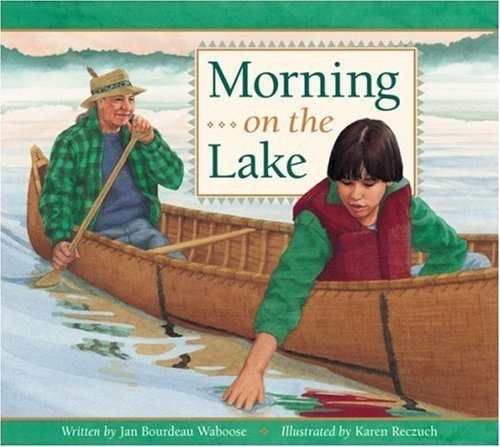 Continue reading →
Continue reading →



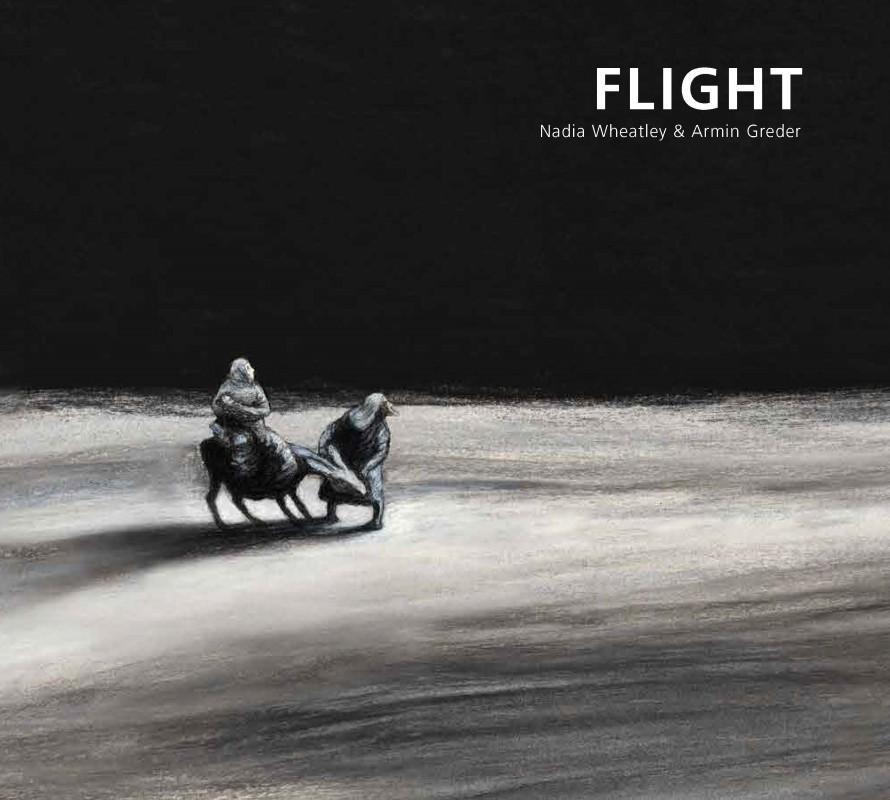
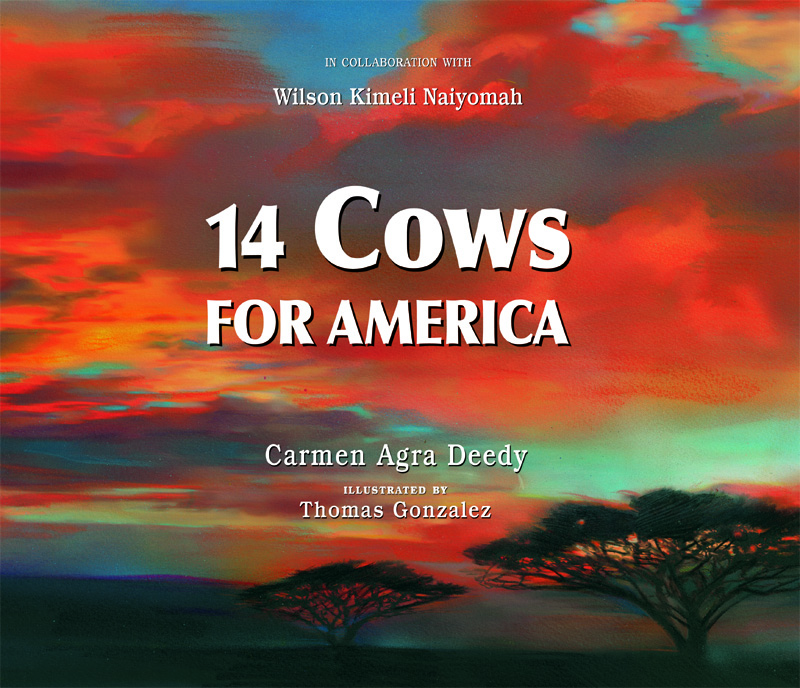

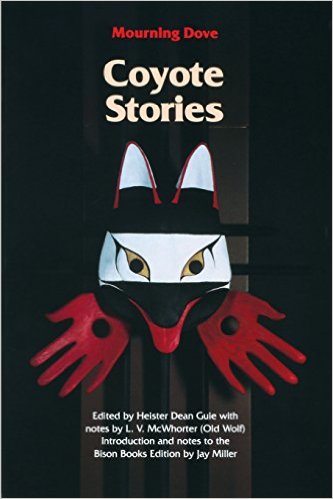
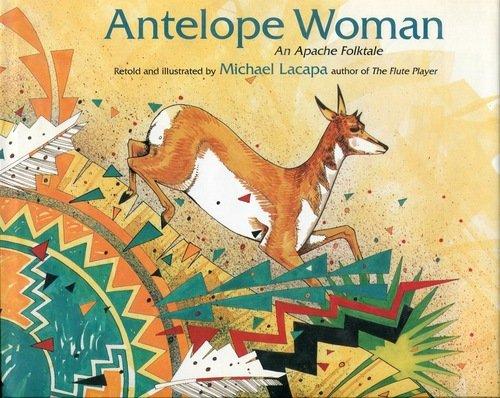
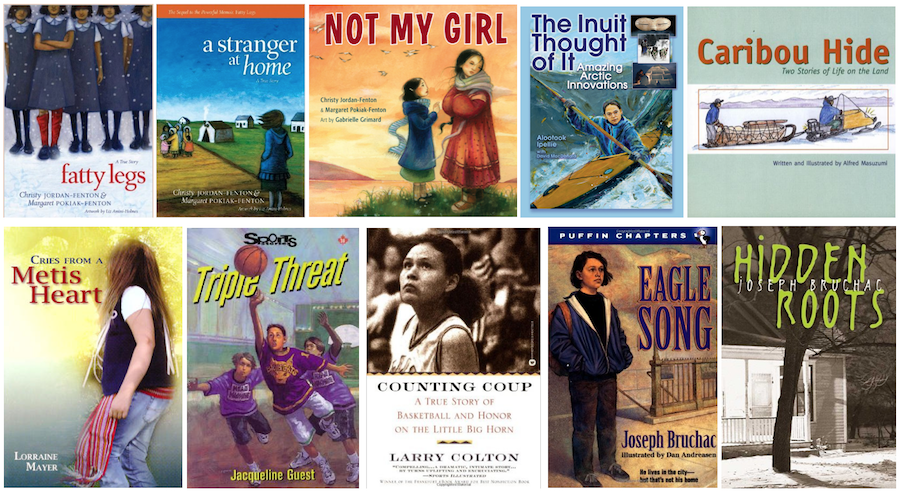
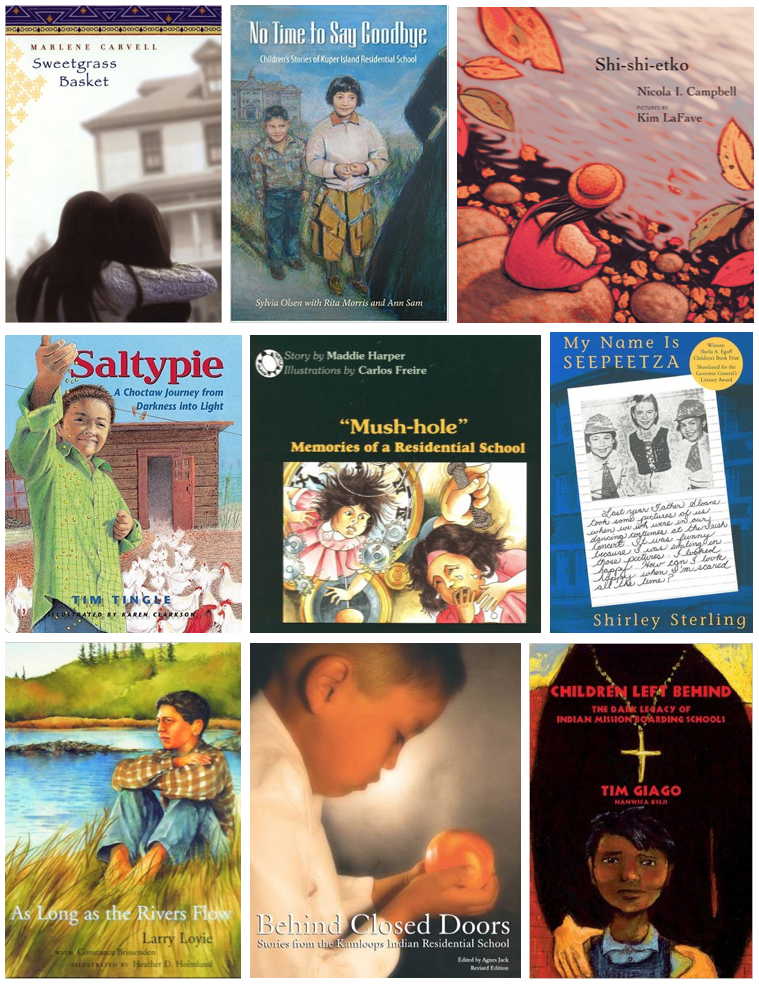
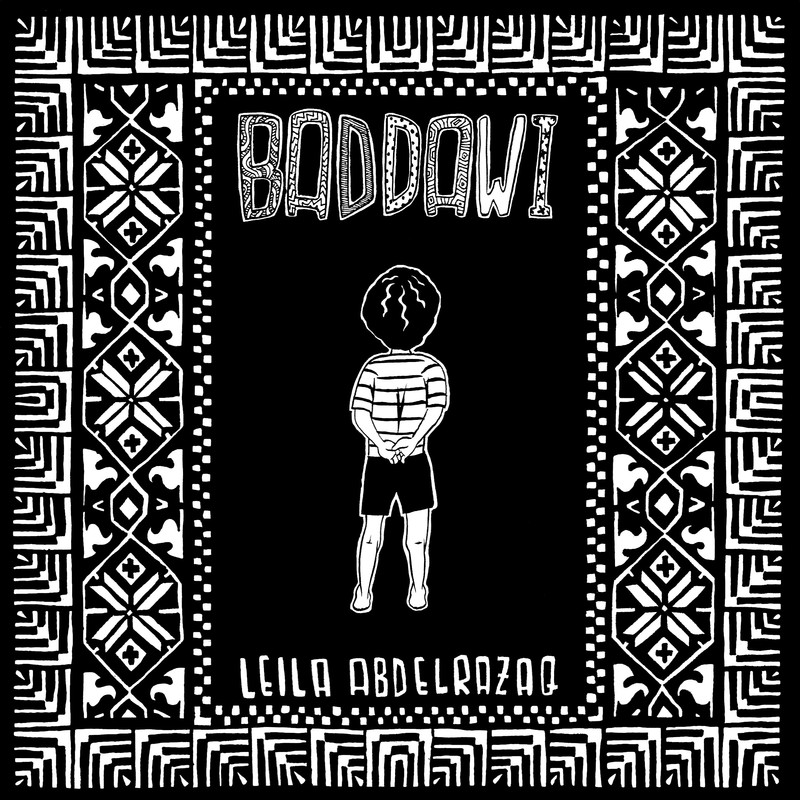 Baddawi by
Baddawi by 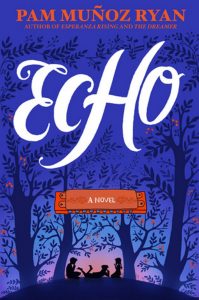 Echo by Pam Muñoz Ryan is a poignant story about the journey of a magical mouth harp (harmonica) through time and space. The masterful enmeshing of timeless fairytale and historical reality binds this powerful text into a strong narrative that highlights world events, prejudice, and social class distinctions. It all begins with Otto, who gets lost in a jungle where three sisters, bound by a witch’s curse, find him. Otto promises to break the curse by taking the harmonica out to the world. The harmonica, through its magical music, tangibly joins three children separated by place, which lifts the curse, freeing the three sisters.
Echo by Pam Muñoz Ryan is a poignant story about the journey of a magical mouth harp (harmonica) through time and space. The masterful enmeshing of timeless fairytale and historical reality binds this powerful text into a strong narrative that highlights world events, prejudice, and social class distinctions. It all begins with Otto, who gets lost in a jungle where three sisters, bound by a witch’s curse, find him. Otto promises to break the curse by taking the harmonica out to the world. The harmonica, through its magical music, tangibly joins three children separated by place, which lifts the curse, freeing the three sisters.